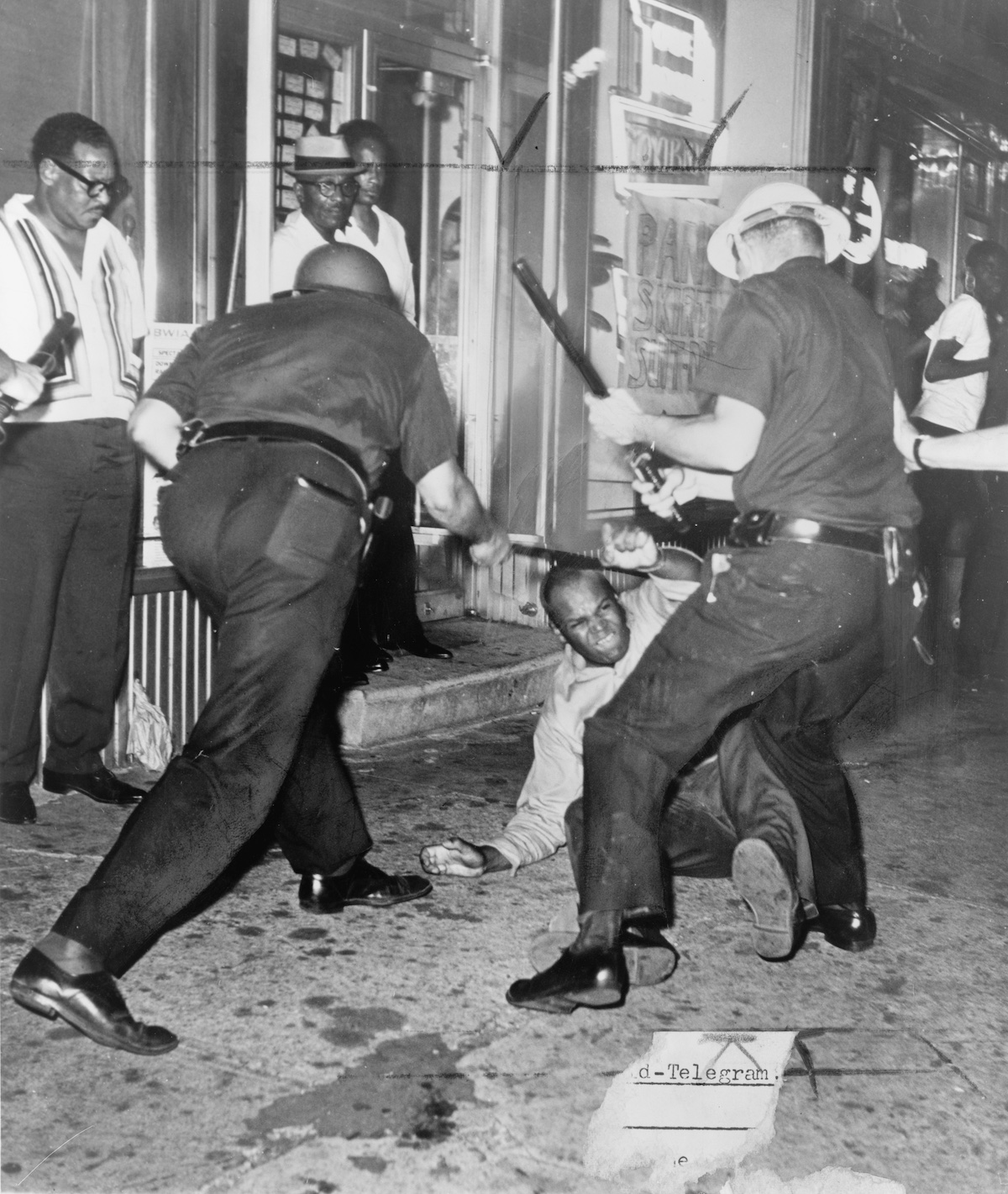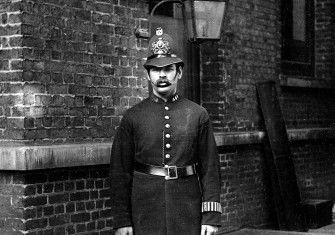How Broken Windows Broke Policing
Rudy Giuliani’s ‘zero tolerance’ attitude to community policing was rooted not in right-wing talking points, but in the liberal politics of the Civil Rights era.

In 1982, George L. Kelling and James Q. Wilson published an article in the Atlantic which transformed policing in the United States. Titled ‘Broken Windows: The Police and Neighborhood Safety’, it argued that city police should aggressively clamp down on low-level street disorder – panhandling, prostitution, loitering ‘youths’ – in order to prevent more serious crime. Responding with enthusiasm, police departments across the US began implementing their own ‘broken windows’ or ‘zero tolerance’ strategies, saturating poor neighbourhoods with police and dramatically escalating their arrest rates for minor offences.







